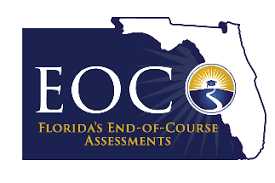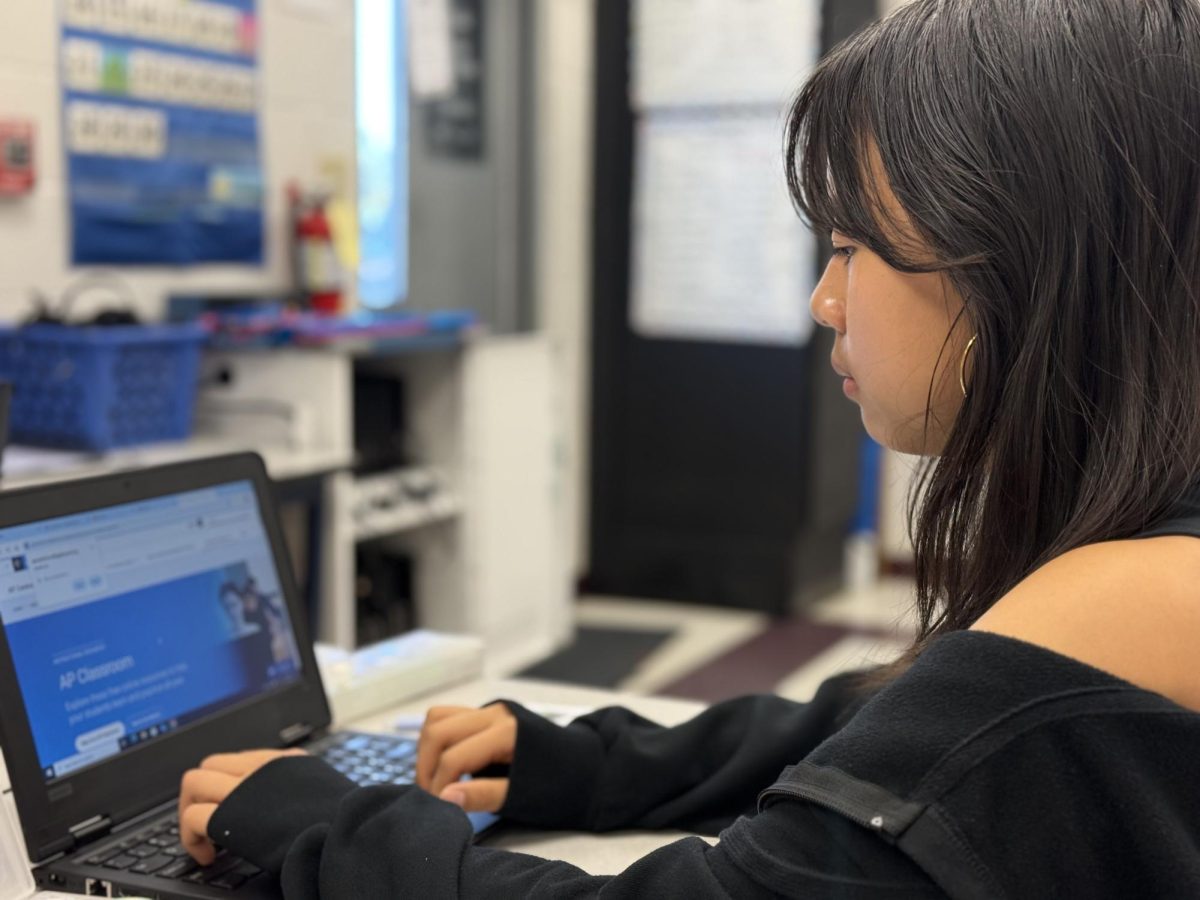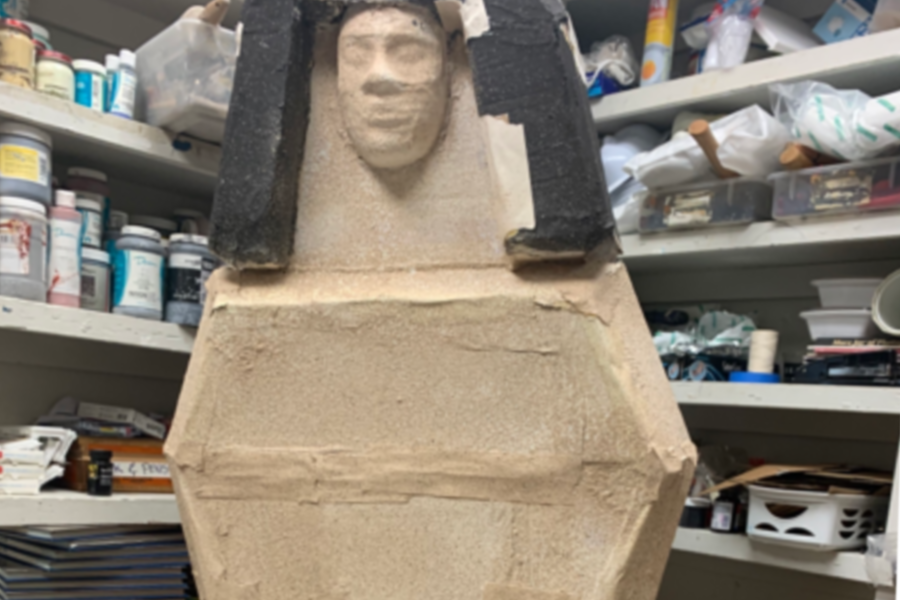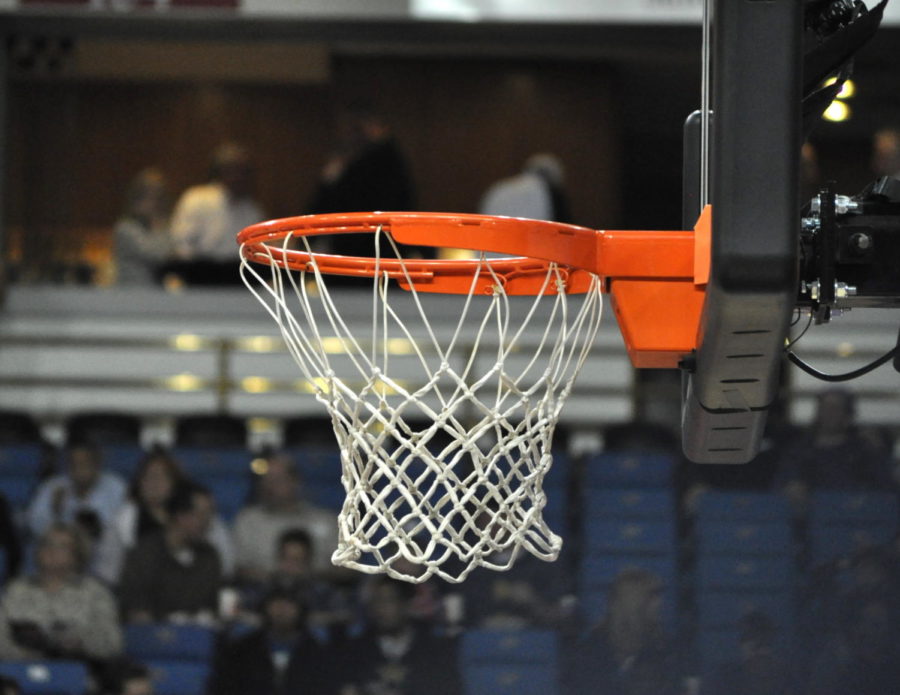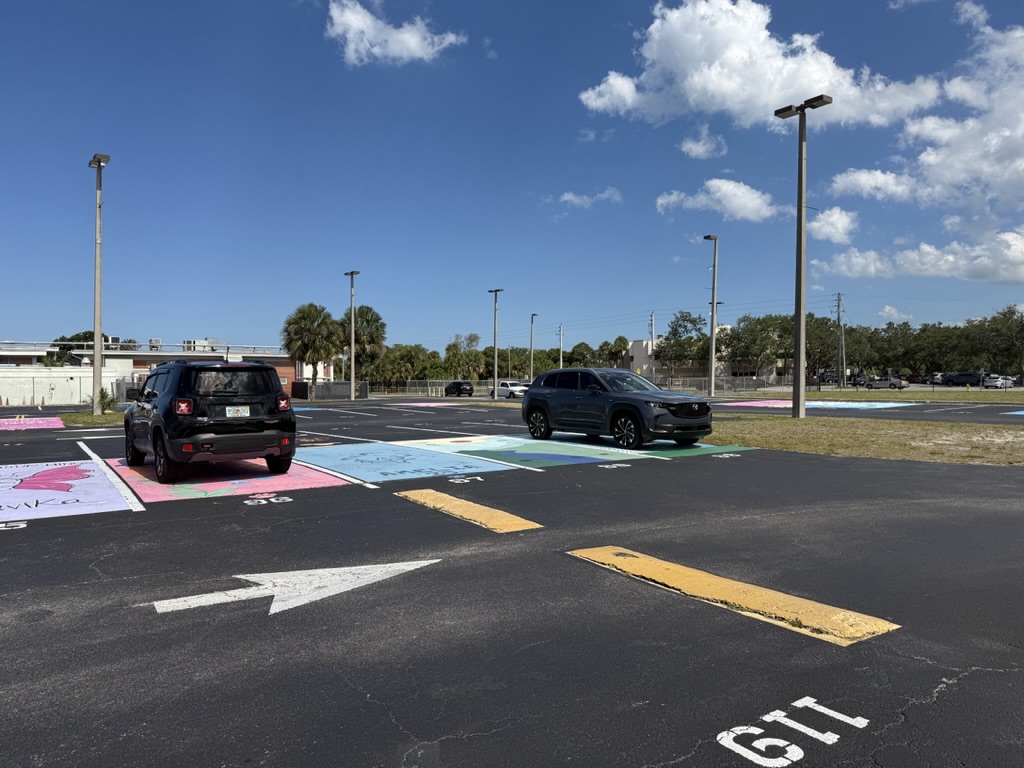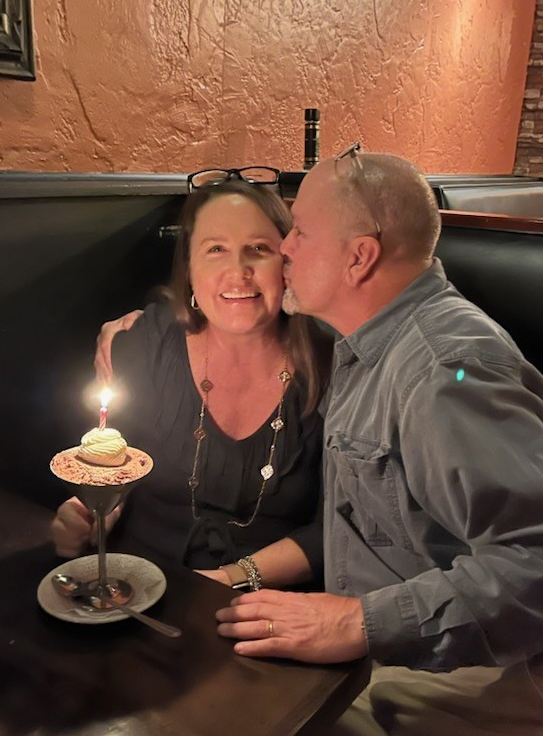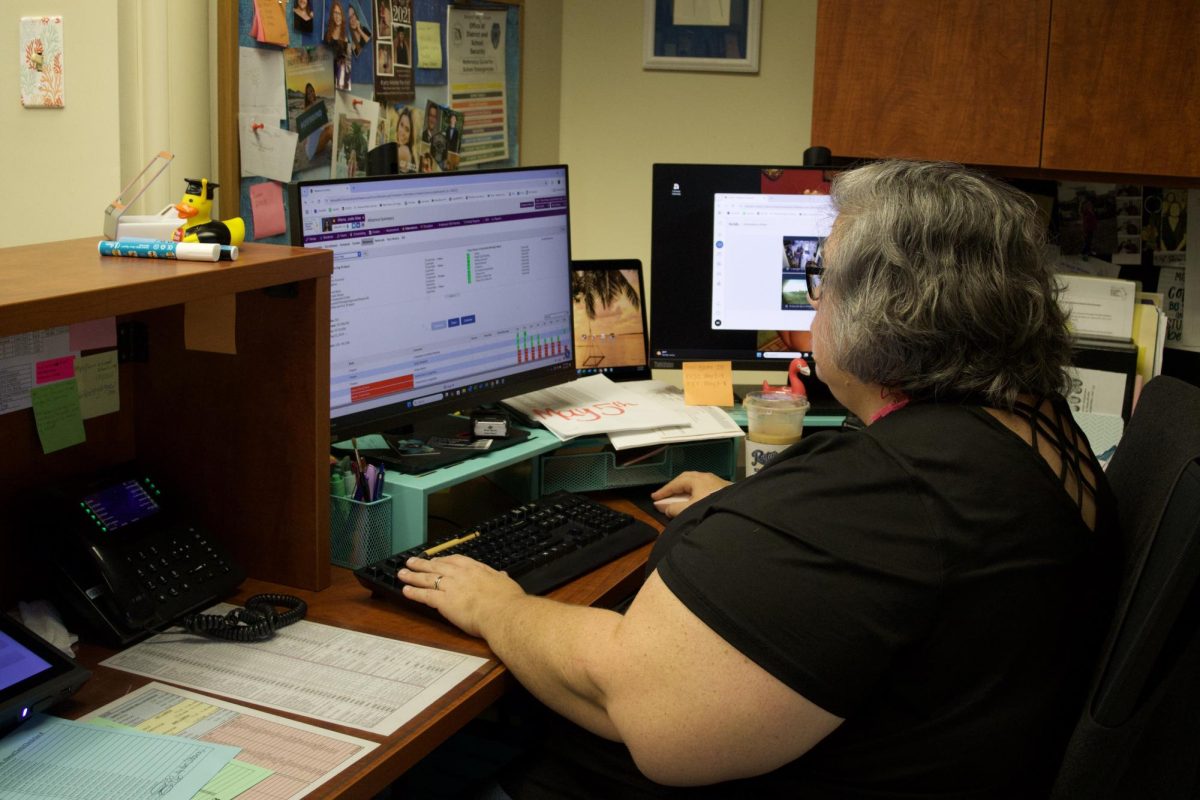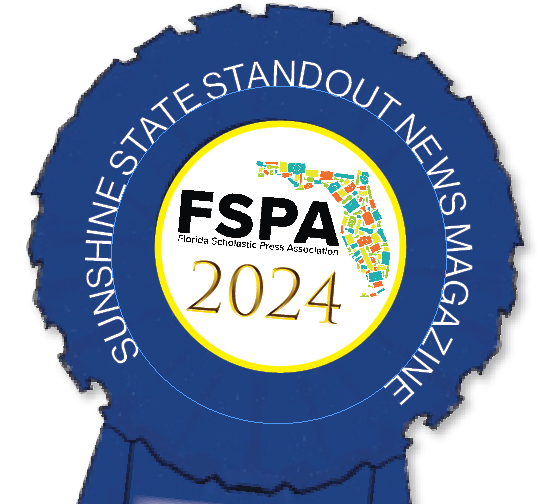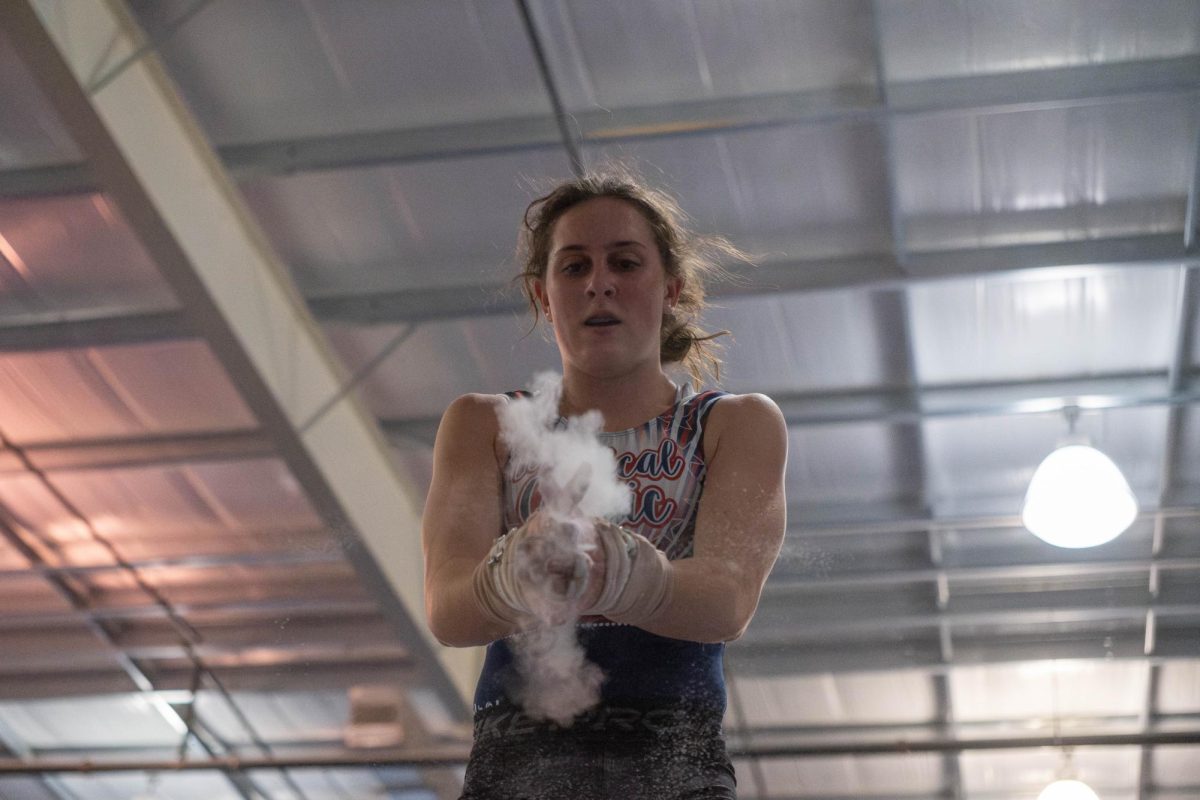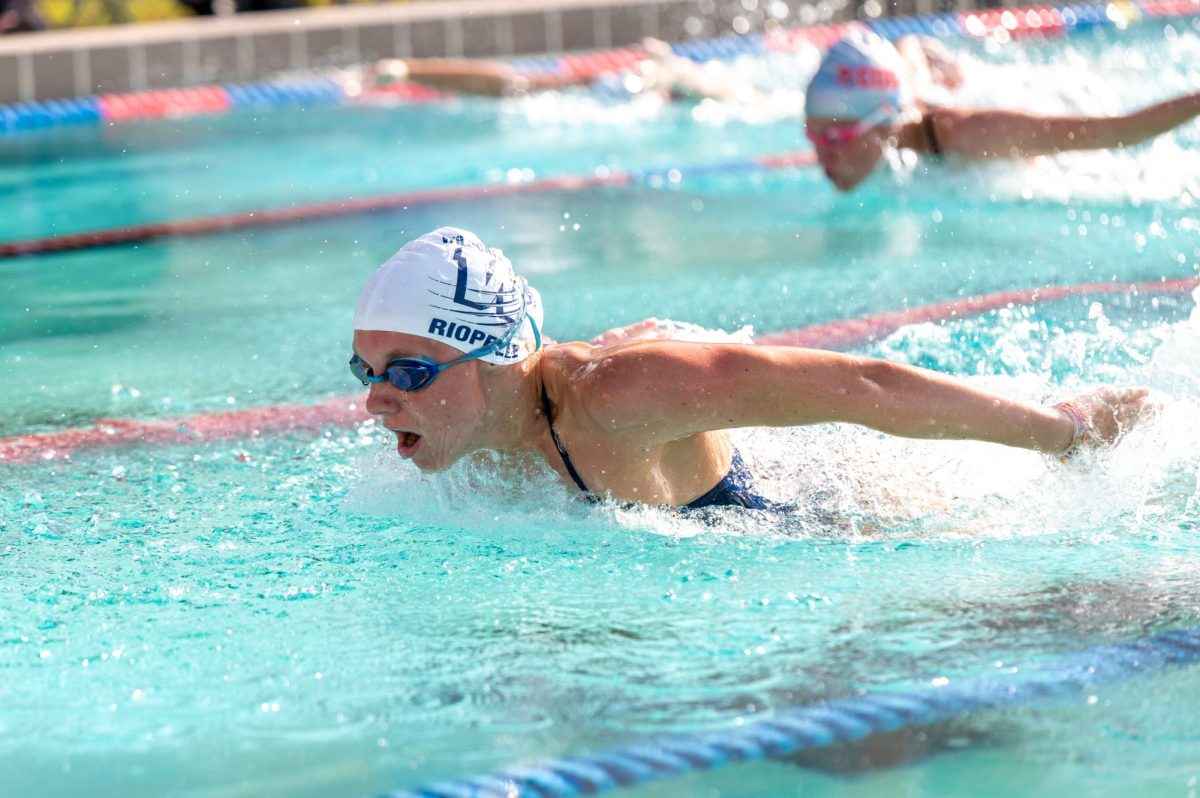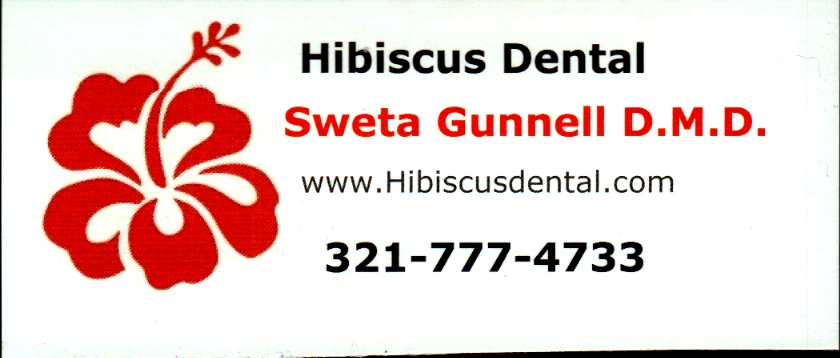Science students under the microscope
November 9, 2018
Students taking biology participated in a study organized by the Educational Testing Service recently to see how well they can apply various math skills to the physical science curriculum for future AP classes. Biology teachers Angela Feldbush and Mary Schropp voluntarily took part in this investigation, providing their students with an online test called the Mathematical Thinking and Science Test, which was given by the College Board.
There has been a particular push for adding more math in AP Chemistry, AP Physics and AP Biology classes, leading the College Board to contact the school last year and request its participation in the study due to its strength in these courses.
“The kids at West Shore have always done really well on the EOC, so we felt like we didn’t really need to focus on improving performance on that because the kids are really solid,” Feldbush said. “So the next step then is to try to prepare them better for the next level of science classes.”
Feldbush’s reasoning behind testing her students was to help them feel more comfortable in performing numerical solutions in science problems as well as reading graphs, so Feldbush and Schropp have incorporated more math problems into their lessons and tests.
“When students get to the AP level, they have a really hard time graphing and interpreting graphs, and that’s a really big deal for the ACT,” Schropp said.
The ACT has a science section where students are required to interpret graphs but are not well prepared for this because it is not practiced frequently in science class. With this study, teachers would have plans to include this in their lessons without having to add it in themselves.
The school will be paid by the Education Testing Service for its involvement in this voluntary testing.
“They compensate us for our time, so we will have a little extra money for some science supplies this year as a result of the kids taking the test,” Feldbush said.
Around $25 was given per student, depending on the quantity of the students taking the test. This helps the science department to afford materials for class without taking away money from teachers or the school to pay for supplies.
By Laura Shelton



